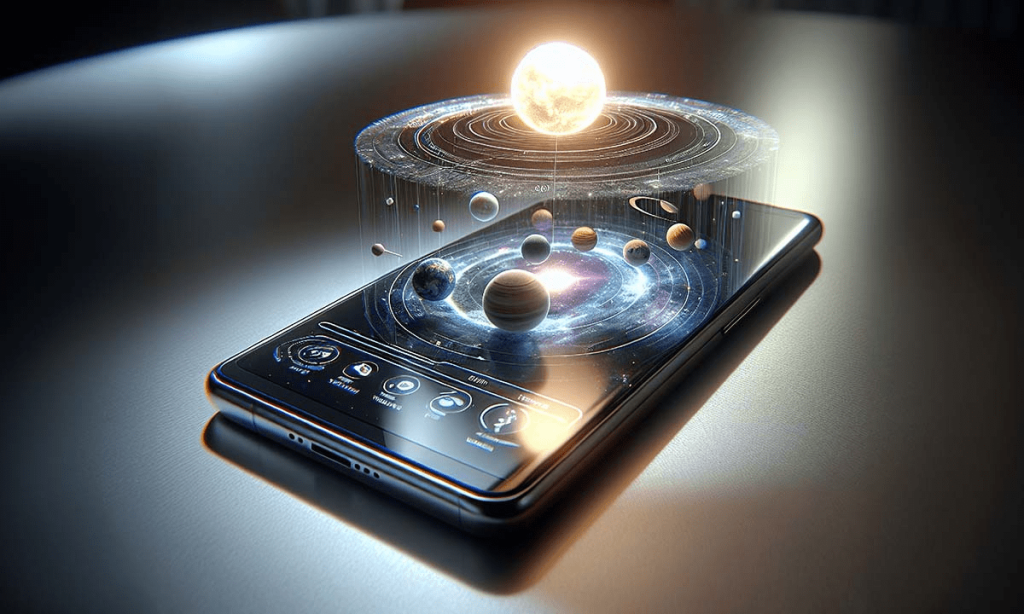
Introduction to Holographic Technology
The future of visual experiences is rapidly evolving with the rise of holographic displays in consumer electronics. Unlike traditional 2D or even 3D screens, holographic technology projects images that appear three-dimensional and lifelike—without the need for special glasses.
This innovation is transforming how users interact with devices, merging physical and digital worlds into one immersive experience.
How Holographic Displays Work ?
At the core of holographic display technology lies the manipulation of light waves to create realistic depth perception. By using laser interference, diffraction, and optical projection, these displays reproduce images that can be viewed from multiple angles, just like real objects.
The integration of AI and advanced optics allows devices such as smartphones, tablets, and wearables to deliver dynamic visuals in real time.
Applications in Consumer Electronics
Holographic displays are revolutionising industries from entertainment to education. In smartphones, users can experience holographic video calls and 3D gaming without additional hardware.
Smart TVs and AR glasses equipped with holographic visualisation provide richer and more interactive viewing experiences. Even in retail and product design, holograms help consumers visualise products more realistically before purchase.
Benefits and Market Impact
The appeal of holographic displays in electronics lies in their ability to enhance engagement, realism, and innovation. For brands, holographic interfaces offer new opportunities for marketing and storytelling.
As hardware becomes more compact and cost-efficient, the adoption of this technology across consumer products is accelerating.
The Future of Holographic Displays
With continuous advancements in AI-driven rendering, optics, and sensor technology, holographic displays are expected to become mainstream in the coming years. Their integration into everyday devices will redefine communication, entertainment, and digital interaction.
As the demand for immersive technology grows, holographic displays are set to become the next big leap in consumer electronics, offering users an unparalleled visual and interactive experience.
